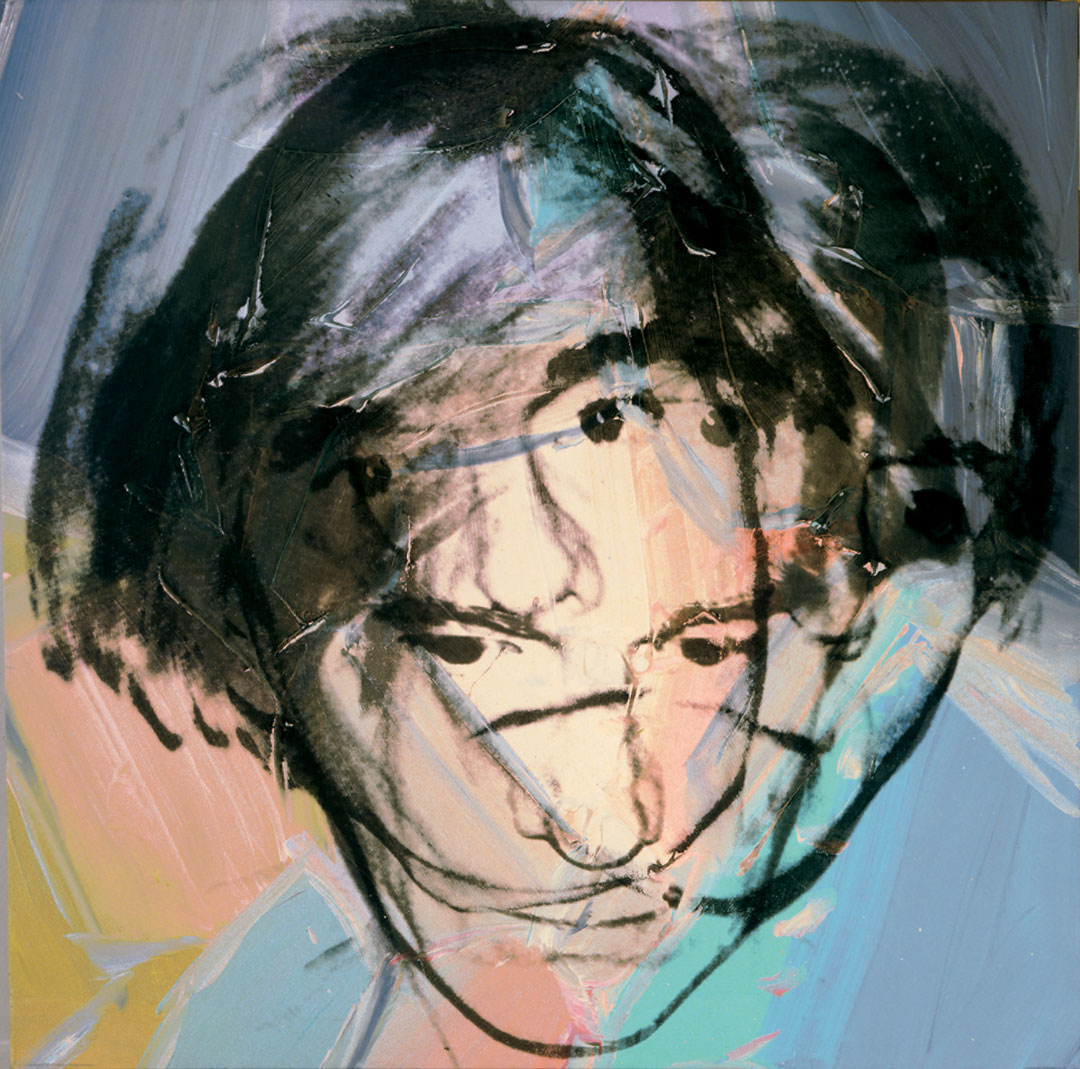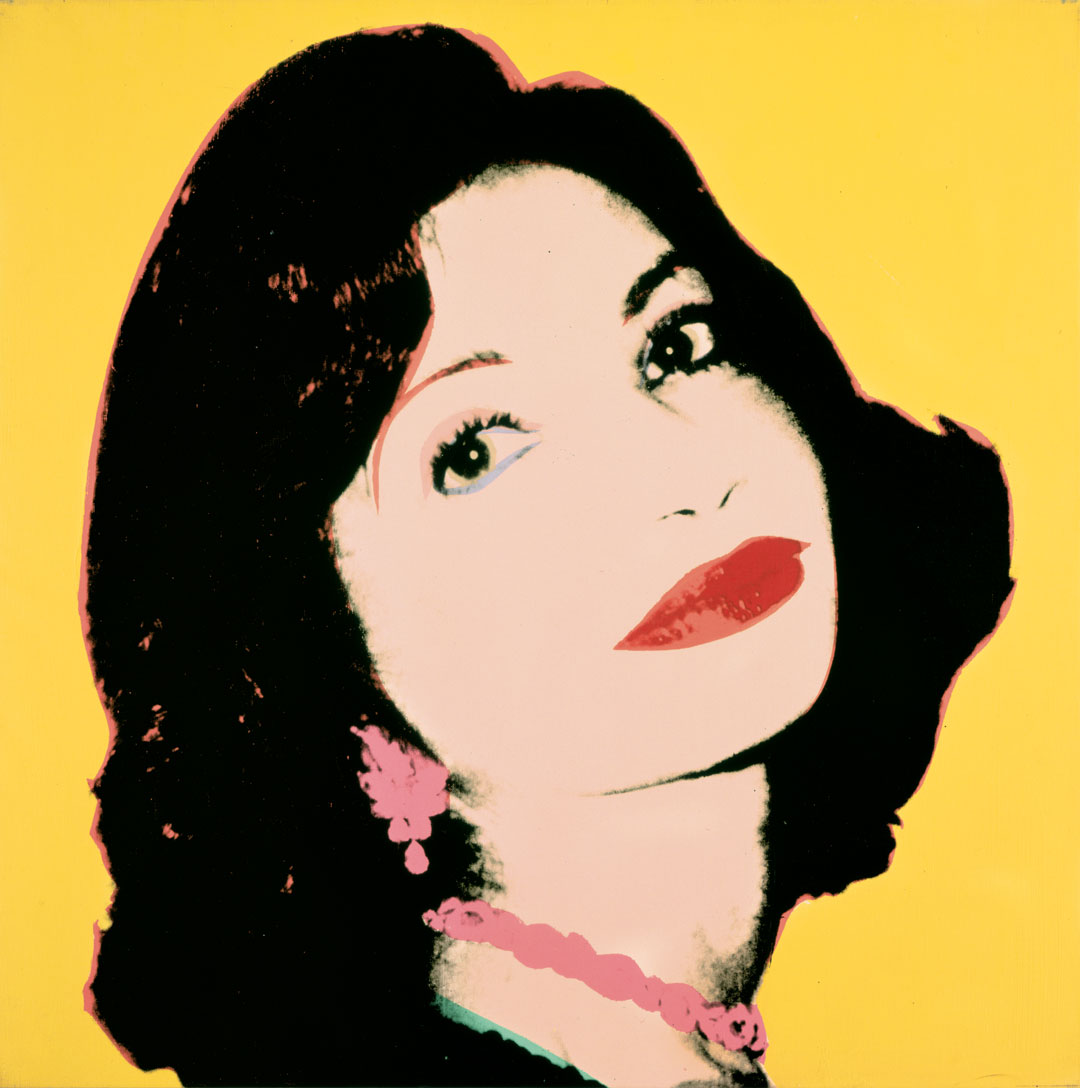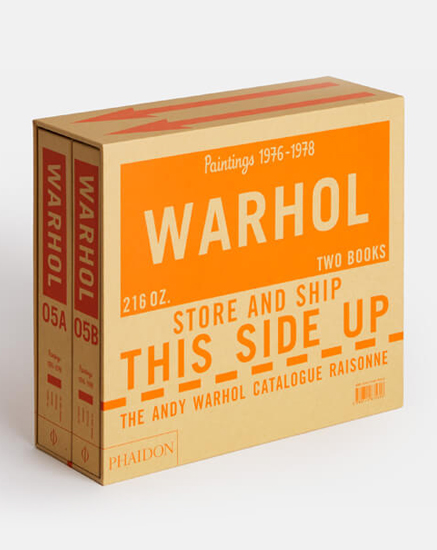
Did Andy Warhol crowd source his ideas?
Blake Gopnik, Donna De Salvo, Vincent Fremont and Arnold Lehman agree that, Warhol made others' ideas his own
Around 1960 Andy Warhol began to make hand-painted images of commercial images, such as Coke bottles. Though he’d settled on his subject matter, he hadn’t – so the story goes – totally made his mind up about his style.
Donna De Salvo, Chief Curator at the Whitney Museum, recalled an old story about Warhol producing two distinct takes on the same image, in a kind of early, pre-digital version of A/B testing.
“There was one that was very brushy with drips, and one that was very mechanical,” she told the audience at the recent public talk, Andy Warhol: A Conversation, held at the Phillips auction house in New York last Thursday.
Warhol then invited key figures within the art world, including Henry Geldzahler, Ivan Karp, Irving Blum and Emile de Antonio, to take a look at both paintings.
All of them, perhaps tired by the dominant style of abstract expressionism, told Andy they preferred clean-lined, mechanical-looking picture.

So, are Geldzahler and co responsible for creating Andy’s machine-like art? Not really. De Salvo, alongside fellow panelists, art critic Blake Gopnik, the Andy Warhol Foundation's Vincent Fremont, and Phillips’ own Senior Advisor Arnold Lehman, agreed that Warhol didn’t owe his success to anyone.
“I suspect Andy already knew what he wanted,” said Donna De Salvo. “He’s always trying to find something that already has currency in the culture.”
Lehman concurred, quoting Bob Colacello’s characterization of Warhol as a “walking Gallop poll,” who was constantly asking other people for input on his art, then asking other people what they thought of these newly submitted ideas.
Fremont, who worked for Warhol from 1969 up until the artist’s death in 1987 recalled how Andy would ask his lucrative portrait clients which Polaroid shots and colours they would prefer, despite knowing exactly what himself wanted.
“He took all the ideas, digested them, and they came out as ‘Andy,” he said. “He pretended he didn’t do anything, but he did everything.”
Gopnik agreed, pointing out that the people who said they gave Warhol his ideas, didn’t generally go on to make great art of their own.
“I think to a certain extent, when people gave him ideas they were channeling what they knew about Andy already,” he said. “They gave Andy ideas that were ready to be ‘Andified’.”

For a better grasp on Warhol’s process and output, order a copy of our magisterial overview, Andy Warhol Giant Size, and for a work-by-work examination of his career, order The Andy Warhol Catalogue Raisonné, Paintings 1976-1978 - Volume 5.